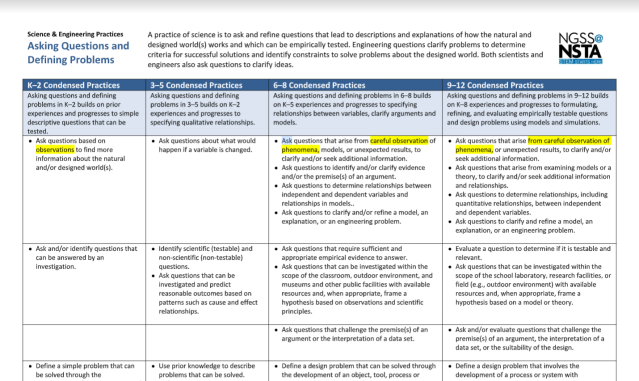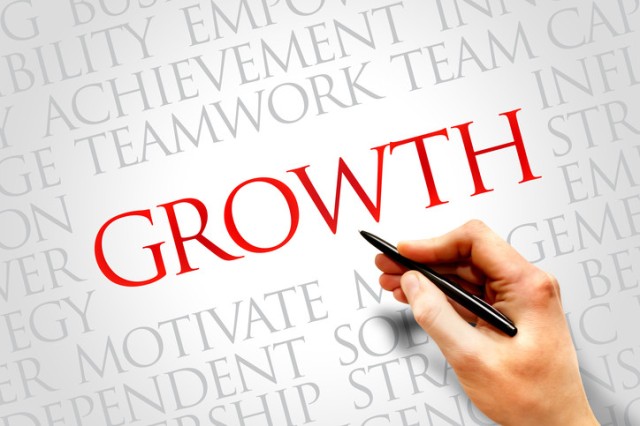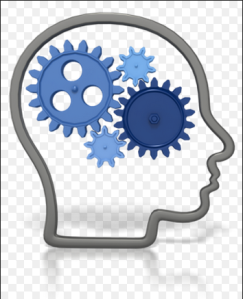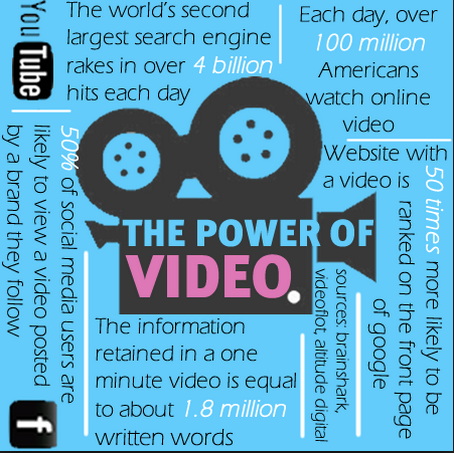I have recently been challenged to put more sharing into my personal work. I have recently been encouraged to embrace the amateur in myself. This blog is where the two intercept.

First, let’s start with Austin Kleon’s description of an amateur: “an enthusiast who pursues her work in the spirit of love” … who will try anything and take risks because her love is so strong she are not afraid to make mistakes. Amateurs are regular people who get obsessed with something that they then spend a lot of time learning about and thinking about.
Second, down the rabbit hole…(one in which the pursuit of something (such as an answer or solution) leads to other questions, problems, or pursuits- Merriam Webster)
Reflecting on Austin Kleon’s quoted and paraphrased description of an amateur led me back to my WHY– my lifelong pursuit or the reason why I do any work in the world at all :).
My WHY- my journey- began in my youth.
When I was young, I loved to swim. I loved the freedom and exhilaration that I felt. In a way, the pursuit of my WHY began when I was a teenager and became a swim lesson instructor. I wanted to share the gift of independence and of new opportunities, that would result from being able to swim, so others could experience what I cherished. Whether working with children or adults, I found very early on that learning to swim meant confronting fear, it meant pushing limits. Success for the new swimmer came from choice, trust, and partnership. My students had to choose to let go of the side of the pool, they had to trust me, and we had to work together towards success. I embraced the individual needs of my swimmers in training and never once considered that they would not achieve success. I had some kids and adults who would go from gripping the side in fear to swimming in one season. I also had adults who took a whole season of lessons just to gain enough confidence and courage to let go of the side of the pool, but who celebrated and returned next season for more lessons. Those years of teenage swim-instructing taught me two things that became my compass. Success comes in increments towards a destination (not in just reaching it); and for the rest of my life, I wanted to work with others towards empowerment, the kind of empowerment that comes from a balance of knowledge and skill that creates opportunity for someone. Learning equals empowerment. And yes, that swim lessons instructor became a teacher.
I have been in pursuit of being a partner in learning towards empowerment for thirty-five years since the blossoming of that WHY. It is a WHY so strong that it guides all of my professional choices, from little ones to big ones, It also drives my lifelong learning.
Lifelong learning- the pursuit for an amateur with a love– a WHY. My thirty-five-year process has led me to places in my professional career I would never have predicted and has and is pushing me to learn things I also never imagined. I am accepting the “sharing of learning” challenge this summer and committing to blogging about my learning once a week.
This summer, I am sharing what I have been obsessing about for the fellowship and feedback. I encourage you to join me in sharing your learning obsessions through tweets or blogs, and I humbly ask for your encouragement, comments, and feedback.

I want to end this first entry with thank you to Simon Sinek and his book Start with WHY that continues to inspire me. I encourage you to give it a read (or a re-read like I am currently doing). Or if time is an issue, watch the Ted Talk :).







